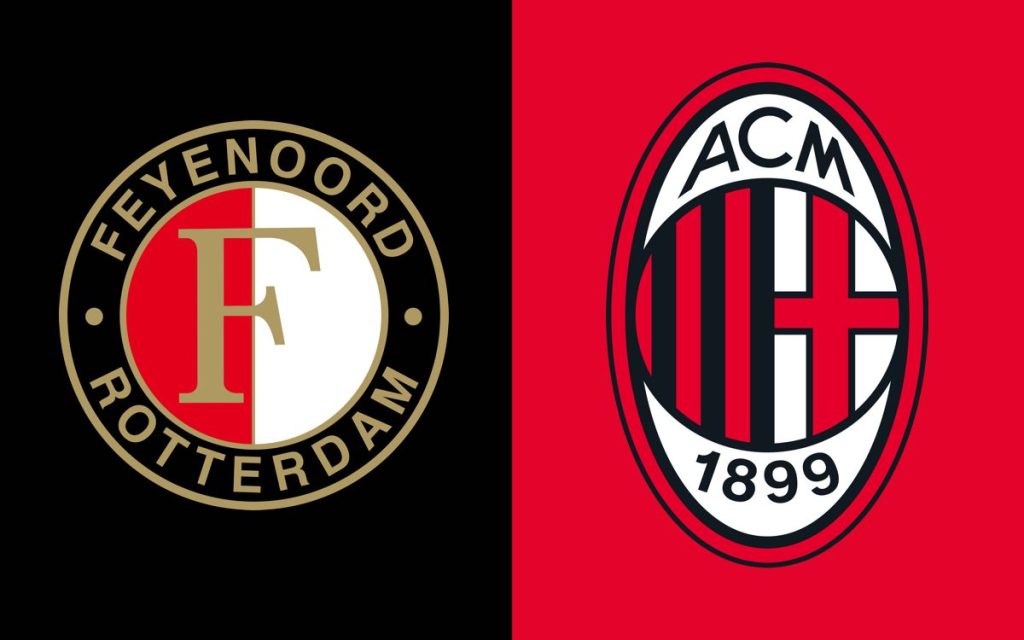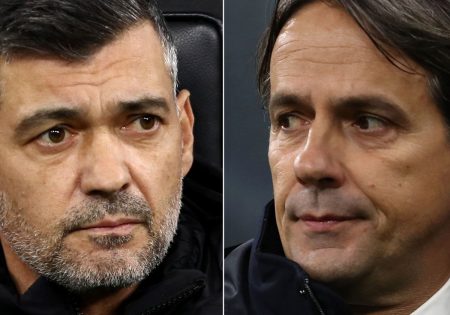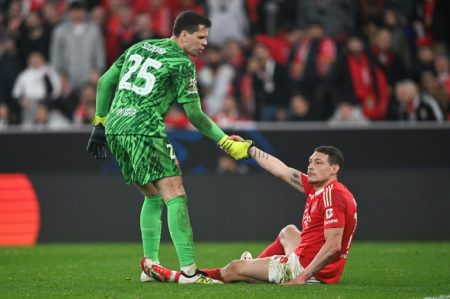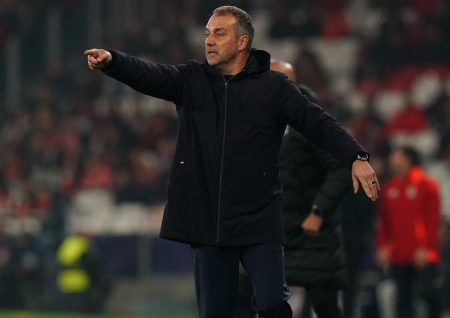Historical Context: Feyenoord vs. Milan
AC Milan and Feyenoord are set to face off in the Champions League play-off round, marking only the third competitive meeting between these two storied clubs. The last time they clashed was over 55 years ago, in the 1969-70 European Cup. Feyenoord emerged victorious on that occasion, winning the two-legged tie 2-1 on aggregate (0-1 away in the first leg and 2-0 at home in the second leg). This historical precedence adds a layer of intrigue to tonight’s match, especially considering Milan’s recent struggles against Dutch sides in major European competitions.
Milan’s Dutch Dilemma
Milan have a mixed record against Dutch teams in European competitions, with just 12 wins out of 27 matches, complemented by seven draws and eight losses. The Rossoneri’s last victory against a Dutch team came over SC Heerenveen in the UEFA Cup in October 2008, a 3-1 win. Since then, Milan have drawn three and lost one of their last four encounters. This trend of underperformance is something the club will aim to break as they prepare to face Feyenoord. The stakes are high, and the pressure is on for Milan to secure a crucial win and advance in the competition.
Feyenoord’s Home Advantage
Feyenoord, on their part, have a strong track record at home in major European competitions against Italian sides. In 11 home games, they have lost only once, a 1-2 defeat to Roma in the UEFA Europa League in February 2015. The Dutch club has won six and drawn four of these matches, demonstrating a formidable home presence. This statistic is particularly significant as Feyenoord enters the knockout rounds of the UEFA Champions League for the first time since the 1984-85 season. Their last European Cup appearance saw them lose 1-2 on aggregate to Panathinaikos, with a 0-0 home draw and a 1-2 away defeat. The club is eager to make a strong impression and secure a place in the next round.
Goal-Filled Round of Matches
The UEFA Champions League group stage this season has been a feast of goals, and Feyenoord have played a notable role in that. Only matches featuring Barcelona (41 goals) saw more goals in total than those involving Feyenoord (39). However, this high-scoring tendency comes with a caveat: Feyenoord conceded the most goals (21) among the 24 teams that advanced from the group stage. This defensive vulnerability could be a key area for Milan to exploit. A balanced approach, combining their defensive strengths with attacking prowess, will be crucial in securing a favorable outcome.
Santiago Giménez: Milan’s Scoring Sensation
Santiago Giménez has been a standout performer for Milan in the UEFA Champions League this season. He boasts the best minutes per goal ratio, averaging one goal every 59 minutes, with five goals in five appearances. Giménez’s clinical finishing and ability to find the net consistently will be a significant asset for the Italian side. His performance in the play-off round could be the difference between advancing and a premature exit. Milan will need to rely on his form and goal-scoring instincts to navigate through this challenging encounter.
Rafael Leão and Igor Paixão: Key Playmakers
Rafael Leão has been a revelation in the UEFA Champions League, completing 30 dribbles during the group stage, the most of any player. Since his debut in the competition in September 2021, only Vinícius Júnior has completed more dribbles (134) than Leão (97). Leão’s dribbling skills and ability to create scoring opportunities will be vital for Milan’s offensive strategy. On the Feyenoord side, Igor Paixão has been equally impressive, recording four assists during the group stage, second only to Atalanta’s Charles De Ketelaere (5). Paixão’s five goal contributions this season make him a key player to watch, and Milan will need to be wary of his creative influence. The battle between Leão and Paixão could well define the outcome of this crucial tie.











